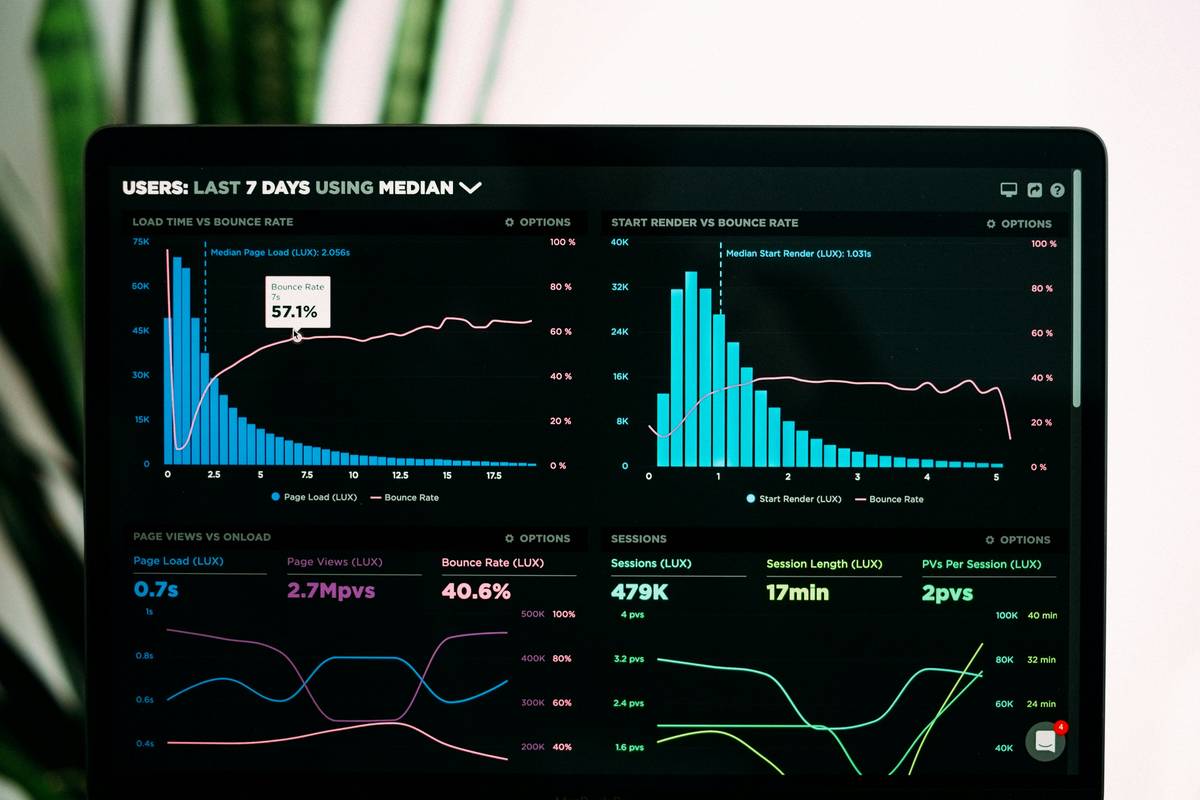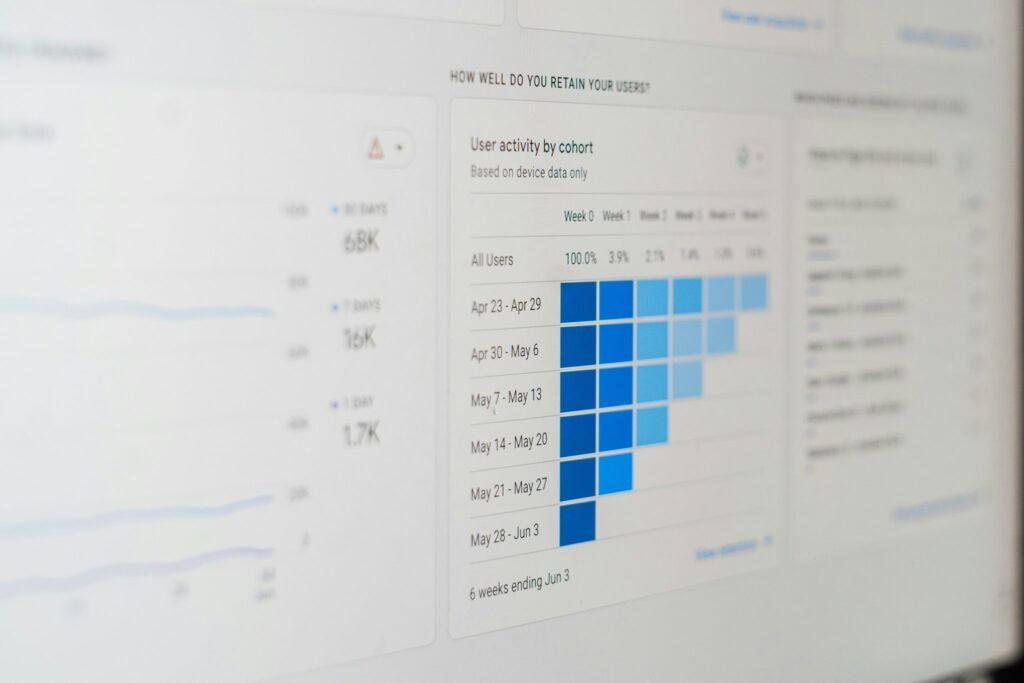Ever scrolled through your brand’s comments section and wondered, “Are they mad at me or just… passionate?” Yeah, us too.
In today’s fast-paced digital world, understanding how people feel about your brand on social media isn’t optional—it’s survival. But manually tracking every comment, like, and emoji reaction? Sounds like your laptop fan during a 4K render—whirrrr. That’s where AI social media sentiment analysis comes in to save the day.
This blog dives deep into what AI sentiment analysis is, why it matters for social media management, and exactly how you can leverage it to turn engagement chaos into actionable insights. You’ll also find mistakes we’ve made (so you don’t have to), brutal honesty about bad advice floating around, and some quirky Easter eggs along the way. Let’s go!
Table of Contents
- Why AI Social Media Sentiment Analysis Matters
- Step-by-Step Guide to Using AI Sentiment Analysis
- Best Practices for Implementing AI Tools
- Real-World Examples That Prove It Works
- FAQs About AI Sentiment Analysis
Key Takeaways
- AI social media sentiment analysis helps brands gauge audience emotions automatically and efficiently.
- It saves time compared to manual monitoring while delivering more accurate results.
- Predictive analytics from sentiment data can inform future content strategies.
- Avoid one-size-fits-all approaches; tailor tools to specific goals and platforms.
Why AI Social Media Sentiment Analysis Matters
Imagine this: A customer posts a snarky comment about your latest product update. Do you respond with a generic “Thank you!”—or do you craft something personalized that turns their frown upside down?
Without AI, here’s what usually happens:
I once ignored a lukewarm tweet thinking it didn’t matter. Fast forward two weeks, and guess what? My DMs were flooded with complaints—and my sales dropped by 15%. Oof.
Manually sifting through thousands of interactions is impossible without coffee running 24/7. Plus, humans aren’t great at gauging tone online. Was that emoji a sarcastic eye-roll or genuine laughter? Who knows. *Enter AI.*

AI social media sentiment analysis uses machine learning algorithms to determine whether mentions are positive, negative, or neutral. It even picks up nuances like sarcasm (*chef’s kiss*) and slang so you stay ahead of trends rather than chasing them.
Step-by-Step Guide to Using AI Sentiment Analysis
Optimist You: “Follow these steps, and you’ll master sentiment analysis!”
Grumpy You: “Ugh, fine—but only if coffee’s involved.”
Step 1: Choose the Right Tool
Not all AI tools are created equal. Popular options include:
- Hootsuite Insights
- Brandwatch
- Sprout Social
Look for features like real-time monitoring and customizable dashboards. And no, don’t cheap out on free trials unless you want mediocre results.
Step 2: Set Up Monitoring Parameters
Specify keywords, hashtags, accounts, and competitors you want to track. For example:
Keywords: #YourBrandName, @competitorAccount Hashtags: #CustomerServiceFails, #HappyCustomers
Step 3: Analyze Results Weekly
AI will categorize feedback as positive, negative, or neutral. Use this data to identify recurring themes:
- “Customers love our customer service but hate shipping delays.”
- “People adore our memes but think our pricing is bananas.”
Pro Tip: Don’t overlook neutral sentiment—it often holds hidden gems of constructive criticism.
Best Practices for Implementing AI Tools
1. Segment Feedback Channels
Different channels attract different audiences. Separate Twitter banter from LinkedIn professionalism.
2. Combine AI Insights With Human Touch
AI = Great for speed. Humans = Great for empathy. Merge both strengths for killer responses.
3. Iterate Based on Trends
If negativity spikes around holidays, plan holiday-specific campaigns earlier next year. Problem solved. *Chef’s Kiss.*
Warning: Avoid This Terrible Tip
“Ignore low-priority negativity because it won’t impact ROI.” WRONG. Unaddressed negativity festers faster than stale bread. Address EVERYTHING strategically—even if it’s just an automated response acknowledging receipt.
Real-World Examples That Prove It Works
Coca-Cola’s holiday campaign faced backlash when customers thought their ads lacked authenticity. Thanks to AI sentiment analysis, they pivoted mid-campaign, adding more user-generated stories—which boosted goodwill instantly.
Data-driven decisions sound smart. They ARE smart.

FAQs About AI Sentiment Analysis
Is AI Accurate Enough for Sensitive Issues?
Most tools now boast over 90% accuracy, especially when trained on niche datasets.
Can I Afford These Tools?
Prices vary widely, but many offer scalable plans starting under $100/month. Invest wisely—it pays off.
Does It Work Across All Platforms?
Yes, as long as APIs are integrated properly (e.g., Instagram, TikTok).
Conclusion
So there you have it—why AI social media sentiment analysis isn’t just a buzzword but a game-changer for brands ready to level up their social media game. Start small, scale smartly, and never stop iterating based on real data.
Now grab another cup of coffee—you’ve got work to do. 😉
Random haiku drop:
Emojis speak volumes, Data whispers truths untold, Coffee fuels progress.


